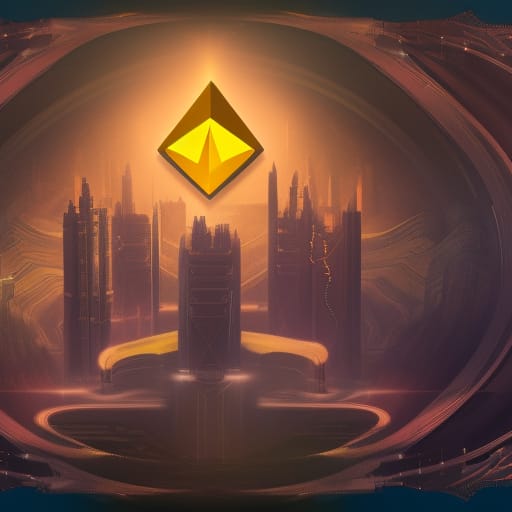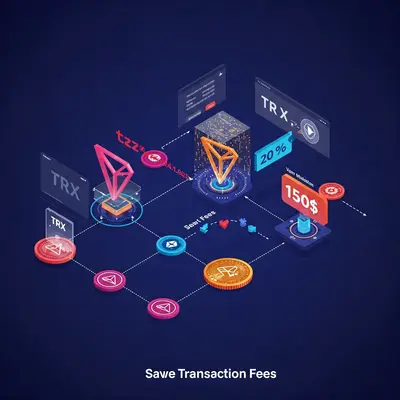Blog Post
Read our latest blog posts and stay updated with the latest trends and insights in the blockchain industry.
Explore a wide range of topics and discover valuable information that can help you enhance your
knowledge and skills.


By Chaingateway
Jan 14, 2023
Binance Smart Chain and Ethereum are both popular blockchain platforms, but they have their own unique features and use cases. In this article, we’ll take a closer look at the similarities and differences between the two, to help you decide which one is the best fit for your decentralized application or token.
Binance Smart Chain (BSC) is a high-performance blockchain that was launched in September 2020 by the popular cryptocurrency exchange, Binance. It is built on top of the same codebase as Ethereum, but with some key differences. BSC is fully compatible with Ethereum’s smart contracts, making it easy for developers to build decentralized applications (dApps) on top of it.
One of the main benefits of Binance Smart Chain is its low transaction fees. BSC uses a consensus mechanism called “Proof of Staked Authority” (PoSA) which is more energy-efficient than Ethereum’s “Proof of Work” (PoW) mechanism. This means that transactions on BSC are cheaper and faster than on Ethereum.
Another key feature of Binance Smart Chain is its high scalability. BSC can process up to 100 transactions per second, making it much faster than Ethereum, which can handle around 100.000 transactions per second.
Ethereum is a decentralized, open-source blockchain platform that was first proposed in 2013 by Vitalik Buterin, and it was launched in 2015. It is the most popular blockchain platform for building decentralized applications, and it is also the most widely used blockchain for initial coin offerings (ICOs).
Ethereum’s main feature is the ability to create and execute smart contracts, which are self-executing contracts with the terms of the agreement written directly into the code. This allows for the creation of decentralized applications, or dApps, that can run on the Ethereum blockchain.
Like Binance Smart Chain, Ethereum also uses a consensus mechanism called “Proof of Stake” to validate transactions and create new blocks. However, unlike Binance Smart Chain, Ethereum’s current version can handle 100.000 TPS which is quite low.
Both Binance Smart Chain and Ethereum are powerful blockchain platforms with their own strengths and weaknesses. Binance Smart Chain offers faster and cheaper transactions,
Share This Post
Enter your email to receive our latest newsletter.
Don't worry, we don't spam

chaingateway

chaingateway

chaingateway
You may have heard about Non Fungible Tokens (NFTs). The most popular NFT standard right now is ERC721. But what actually defines a ERC721 token? And how does it technically work?
Learn what defines an ERC20 token, how it works, and why it's the most popular fungible token standard on Ethereum.
This blog post explains what Tron fees are, why they matter, and how they work on the Tron blockchain network.